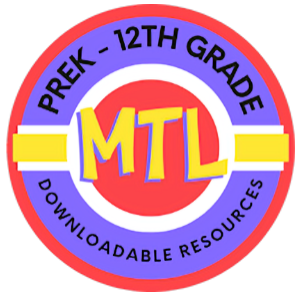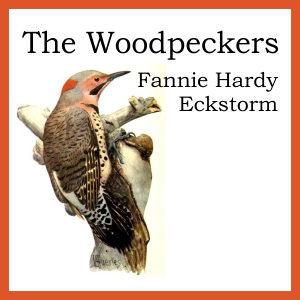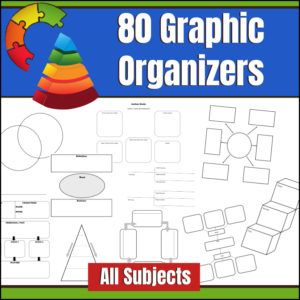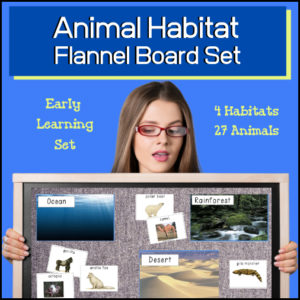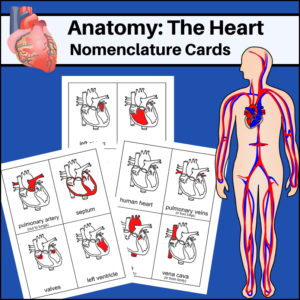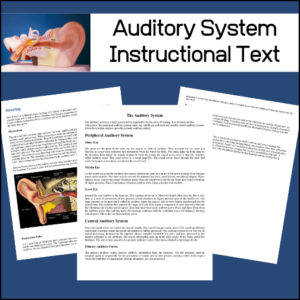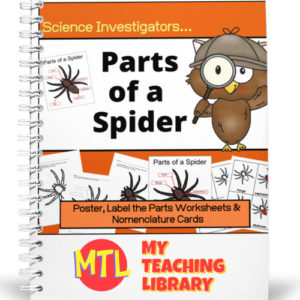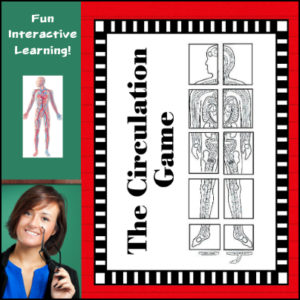Showing 21–28 of 28 results
-
$2.50Buy Now
This is a downloadable copy of the book. (71 pages)
About the book: The Woodpeckers is a wonderful introduction to the world of bird study for the young naturalist, covering such topics as how he finds food, courting, how he builds his nest, the interesting ways he uses his different body parts as tools, among other topics discussed in the book. -
$2.50Buy Now
Help students learn to identify and classify animals by their habitat in which they live. This will be a fun Science activity for students as they sort animal cards among 4 habitats: Tundra, Desert, Ocean and Rain Forest. Great for a Science Center as well as using for a cooperative group activity!
Includes: 27 animal cards / 4 habitat scene cards
-
$2.00Buy Now
This resource makes a fun, science center for early learners who are just learning to use a magnifying glass!
Students will match cards (one with a large picture and one with a very small picture) using a magnifying glass. There are three sets of picture cards (12 matches in each set). Set categories: transportation, living things, fruit.
-
$2.00Buy NowThis resource,The Heart – Human Anatomy Nomenclature Cards, help students learn and study the location of the parts of the heart: pulmonary veins, aorta, vena cava, pulmonary artery, septum, valves, left ventricle, left atrium, right ventricle and right atrium.
-
$1.00Buy Now
This resource contains instructional text to teach students about the human auditory system. There are no assessments or worksheets included.
-
$2.00Buy Now
Help students learn the parts of a spider with this fun arachnid resource! Students will learn the following parts: eyes, fangs, cephalothorax, abdomen, spinnerets, legs.
Includes:
- – Color poster
- – 2 Worksheets – One for students to write and label, the other to cut and paste.
- – 1 Science Center activity
- – Nomenclature flashcards – Labeled
- – Blank Cards for students to complete
-
$4.00Buy Now
Designed for 4th-8th grade, students will love playing this hands-on game as they…
- – deliver oxygen and food to the cells
- – have oxygen and carbon dioxide ‘ride’ on red blood cells
- – circulate red blood cells throughout the body – through the circulatory system (arteries and veins)
The first team to get all their oxygen to the cells, all the food to the cells, all the wastes to the kidneys and all the carbon dioxides to the lungs, wins the game!
